My range: f1.7 – f16
Case Study: Pourover
Starting on full auto to just begin using the camera, wide apertures were often picked. This led to very shallow depth of fields where not always intended.
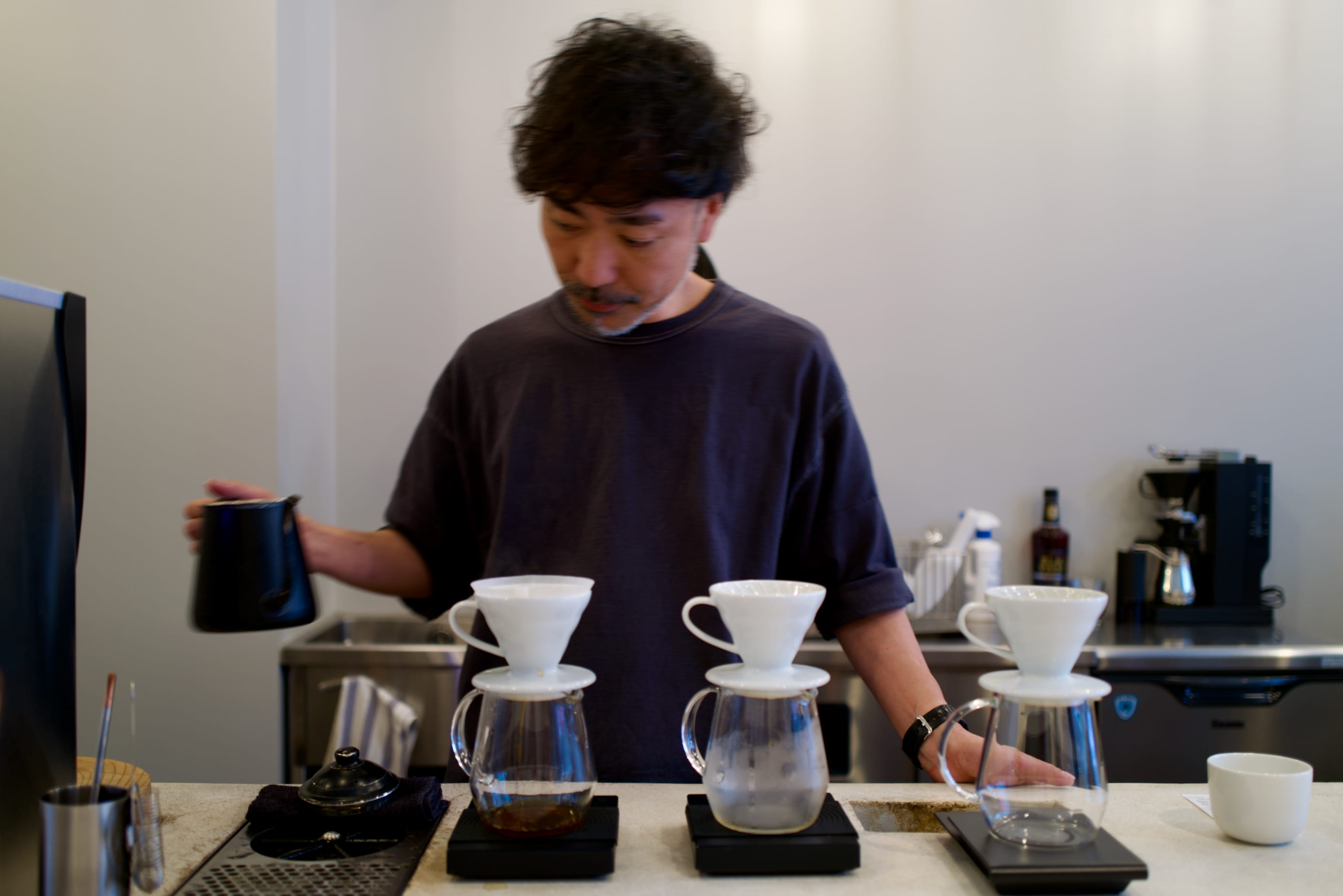
Pour-over, totally blurry [f1.7, 1/50s]
Aside from picking a shorter shutter speed, the depth of field is ludicrously shallow. Looking at it after the fact, I realized the area around his left wrist is the only part of the image visibly in focus.
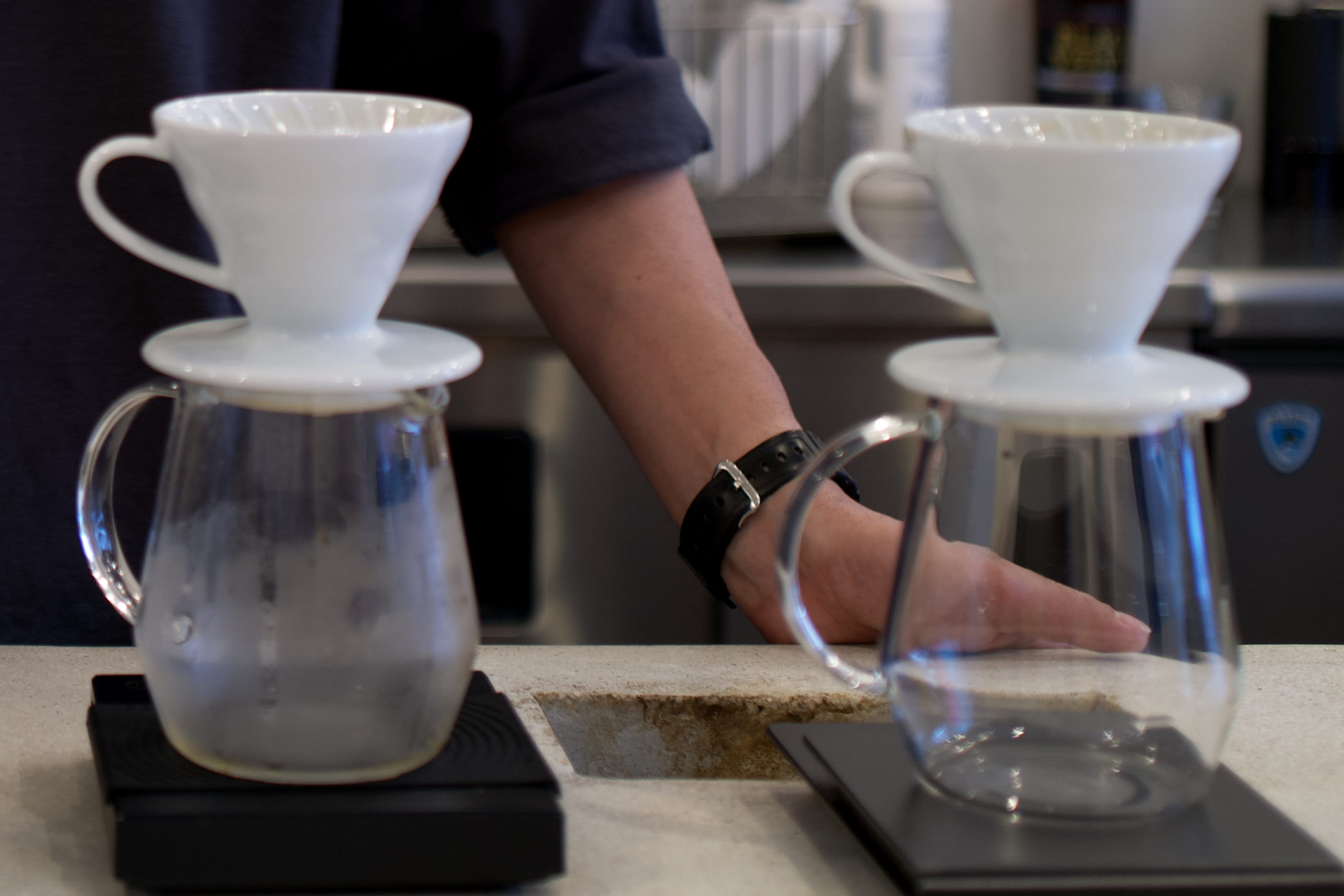
Wrist area detail [f1.7, 1/50s]
Case Study: Cup
This is f2.8. I don’t know if it was on macro mode (must have been, right?) but like, only the wood grain in front of the cup is in focus.
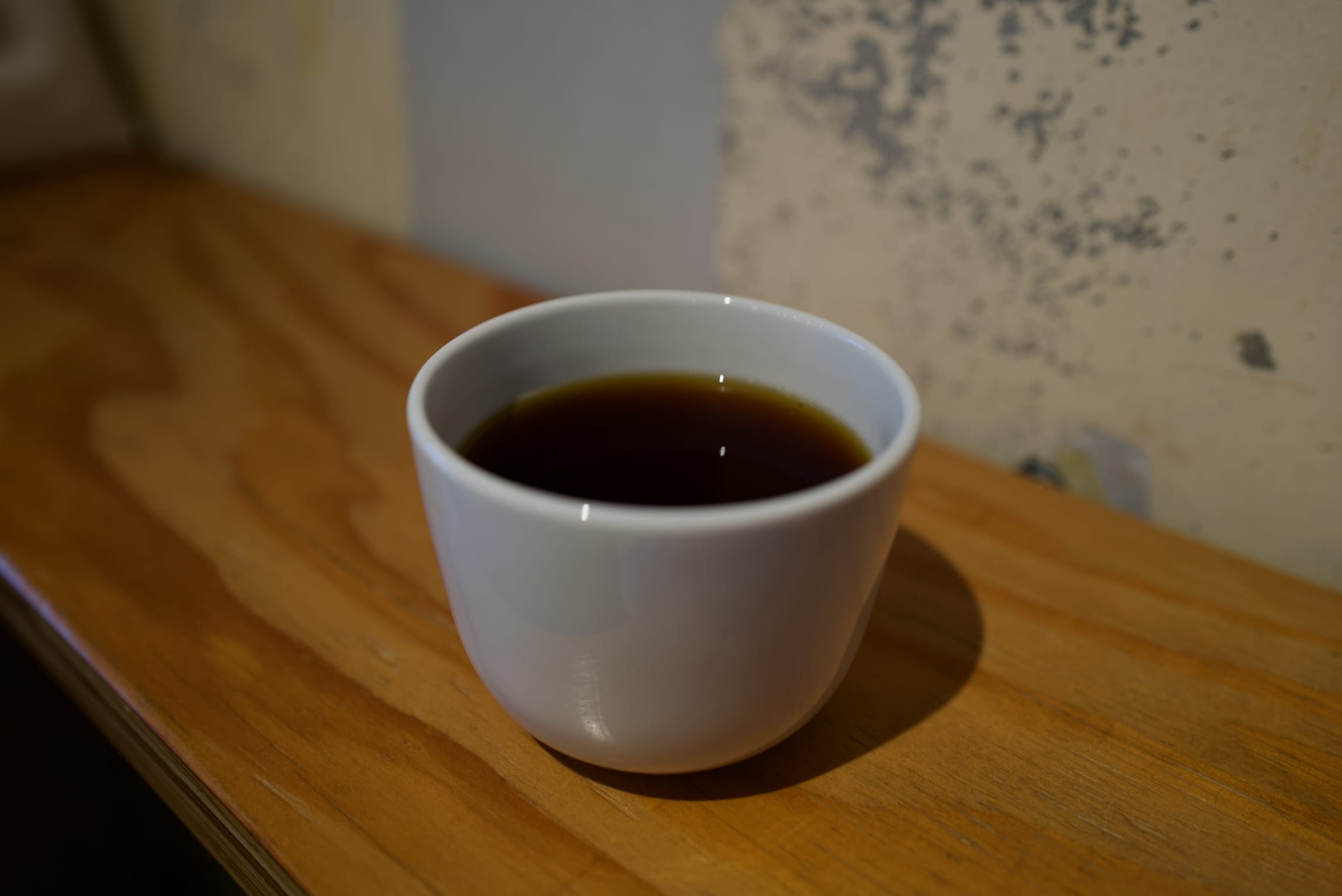
Wood in front of cup [f2.8, 1/80s]
Case Study: Osaka
I shot landscapes on full auto. They were all shot in random apertures. Nothing huge, but nothing intentional. Usually around f5 or f6.
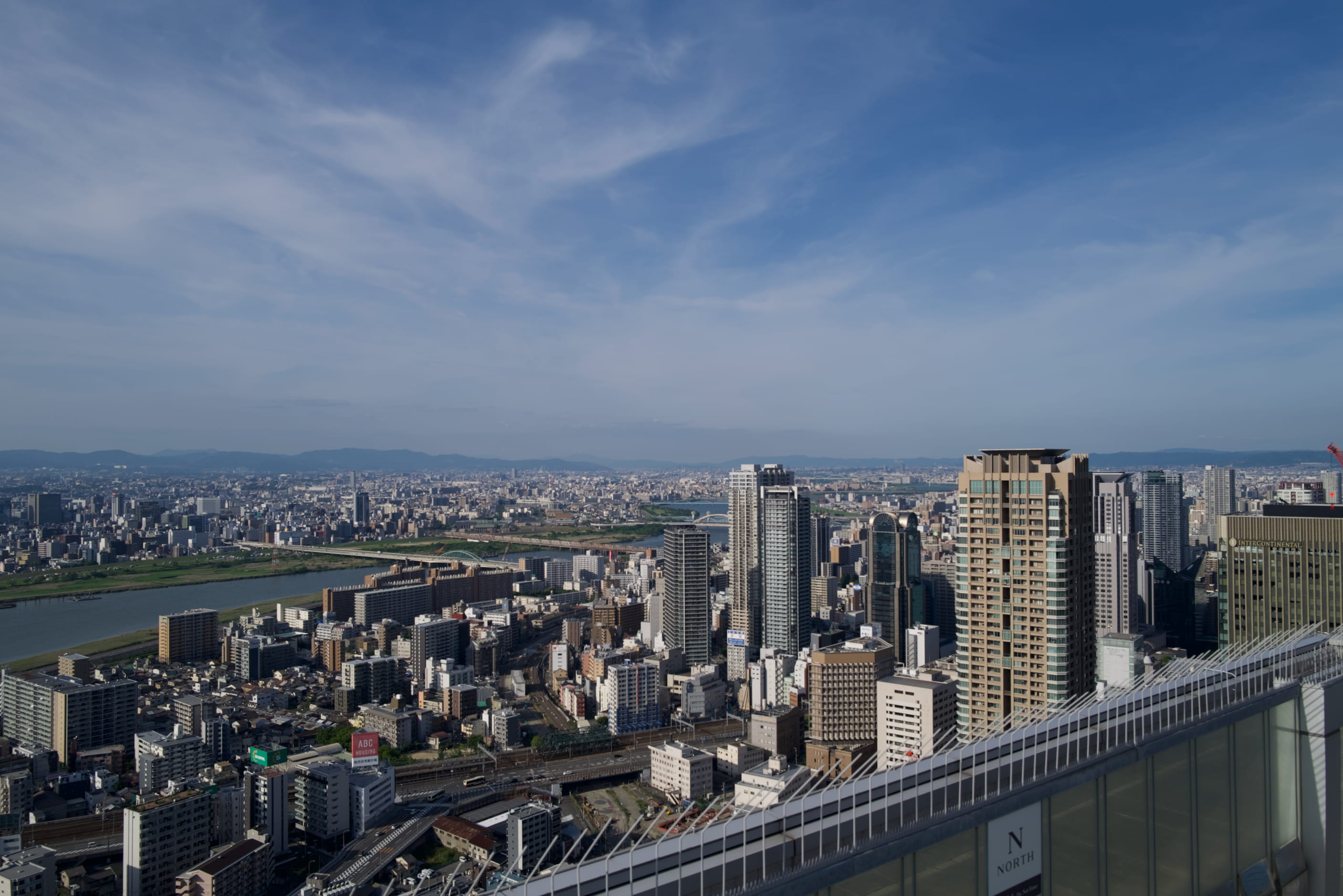
Osaka [f5.6]
When I zoom into that photo of Osaka, I still can’t tell whether things are in focus or not. Fully zoomed out, it looks good. But as soon as I go zooming in, everything looks a bit blurry. I don’t know if I’m expecting too much, or if f5.6 is still too big. I can tell I’m focused into the skyline because the wire gate is clearly out of focus. But beyond that, I really don’t know.
If I crop to an actual-size snippet, it looks good. So I think I was zooming in too far and expecting too much.

Osaka, 1408 x 940 crop (displayed max 704px width; 1:1 on 2x px density monitors) [f5.6]
This also helped me learn there’s an actual-size zoom in Photomator (⌘1), which displays the pixels at 1:1, accounting for pixel density.
Rough Aperture Guidelines
I finally did some reading about the ultra basics of camera settings, learned about aperture (probably for the fifth time), and realized that I ought to be picking it.
I shot some more, and eventually learned some rough aperture guidelines. These were often offhand comments at the end of YouTube videos (e.g., “this is why it’s well-known street photographers love f8,” or “everybody knows you can get clear landscapes at f11”). These looked like:
| Aperture | Situation |
|---|---|
| f1.7 | Ultra-narrow DOF |
| f2.8 | Portraits, so whole face in focus |
| f4 | Street photography (source: street photographer) |
| f8 | Street photography (source: some guy who I think isn’t a street photographer) |
| f11 | Landscapes |
| f16 | Landscapes, maybe actually? |
At the same time, I finally learned that the amount of a scene that’s in focus depends not only on the aperture, but the distance to the subject. So If you’re shooting something close at f1.7, only a tiny sliver of it will be in focus. But if you’re shooting something far away at f1.7, a huge range will be in focus.
I also learned that the range that’s in focus isn’t symmetric around the focal point; it/s 1/3 and 2/3, but I forget whether 1/3 is in front or behind.
However, I still haven’t gotten it nailed down. For most situations, I’m guessing wildly.
- If I’m walking around snapping quick photos (“street photography”), do I prefer f4 or f8? Or maybe even f2.8?
- More generally, for medium-distance subjects, how much will be in focus for f1.7 – f8?
- For landscapes, do I pick f11 or f16?
- For most landscapes, is way lower—f4 or even f2.8 or f1.7—going to be OK?
Case Study: Niigata Tetrapod Beach
When shooting still stuff (which is still most of what I shoot; habit from the iPhone), I often try many different apertures. For a landscape I don’t want to ruin, I’ll blast through many stops. I plan to go back and scrutinize and learn, though I’ve been on the road so much I’ve accumulated weeks of photos without the chance to do that yet.
Here’s a beach in Niigata at both f1.7 and f11.
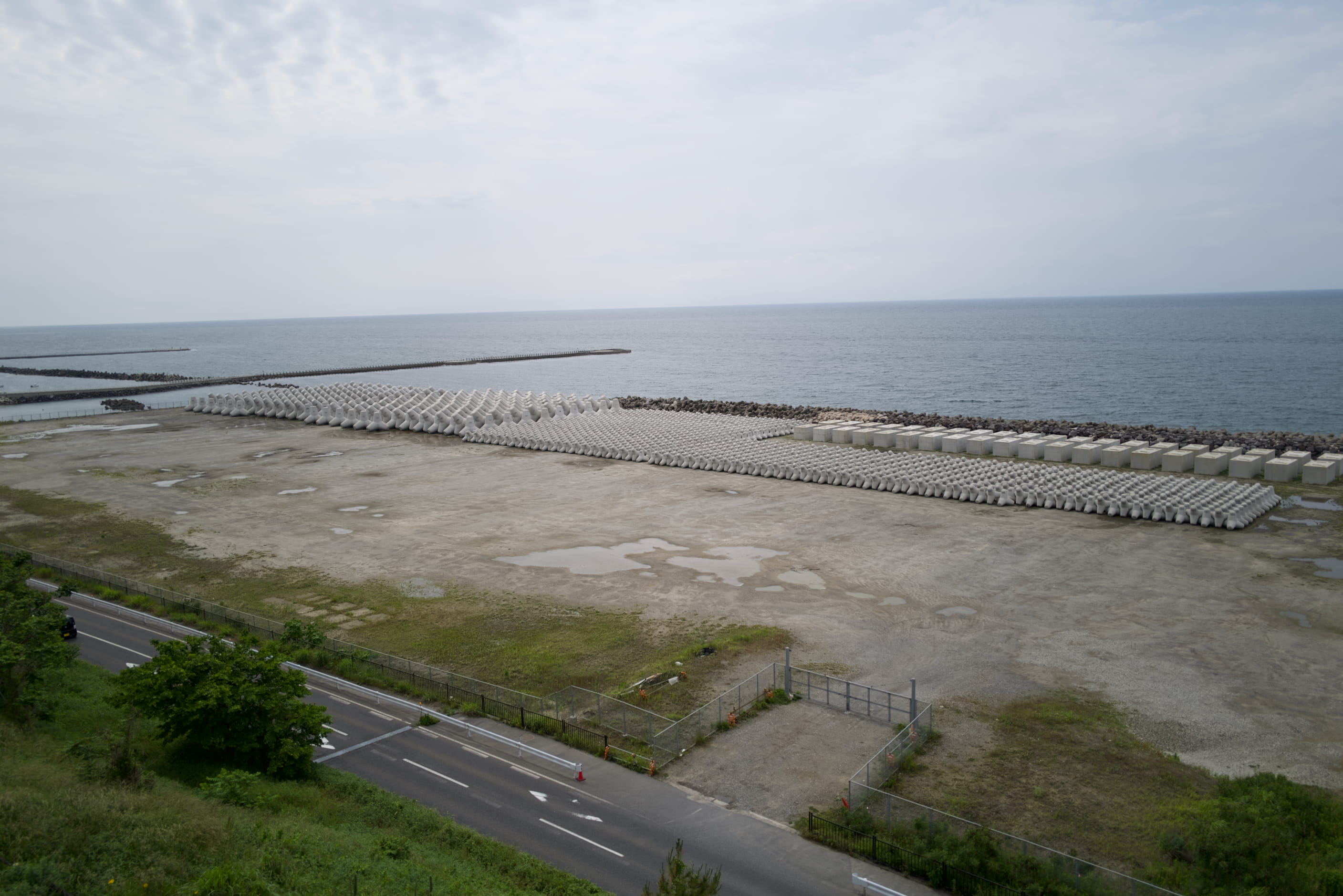
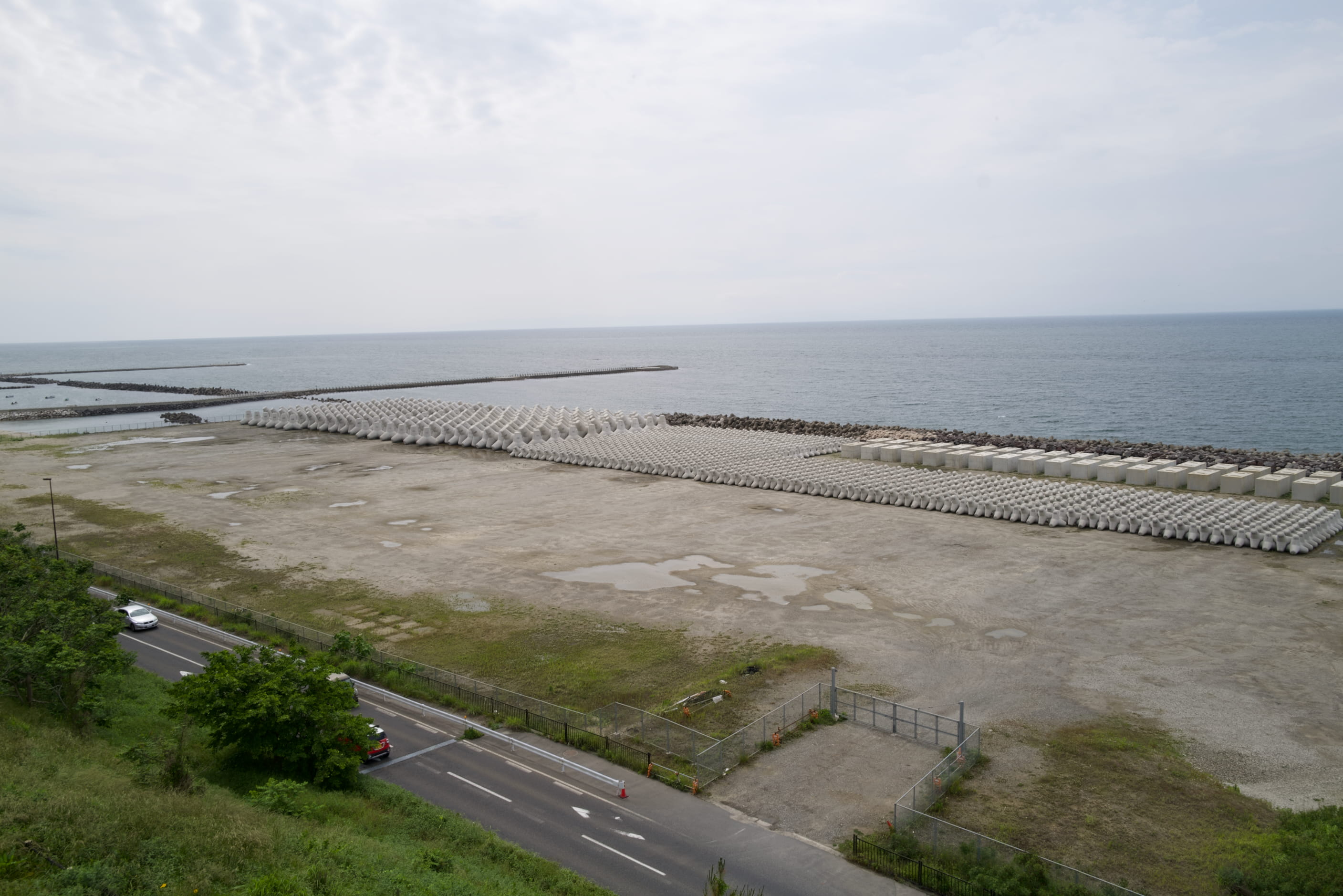
Niigata Tetrapod Beach [f1.7, f11]
Can you tell which is better? I can’t.01
Case Study: Niigata Rooftops
Another case where I tried many f-stops.
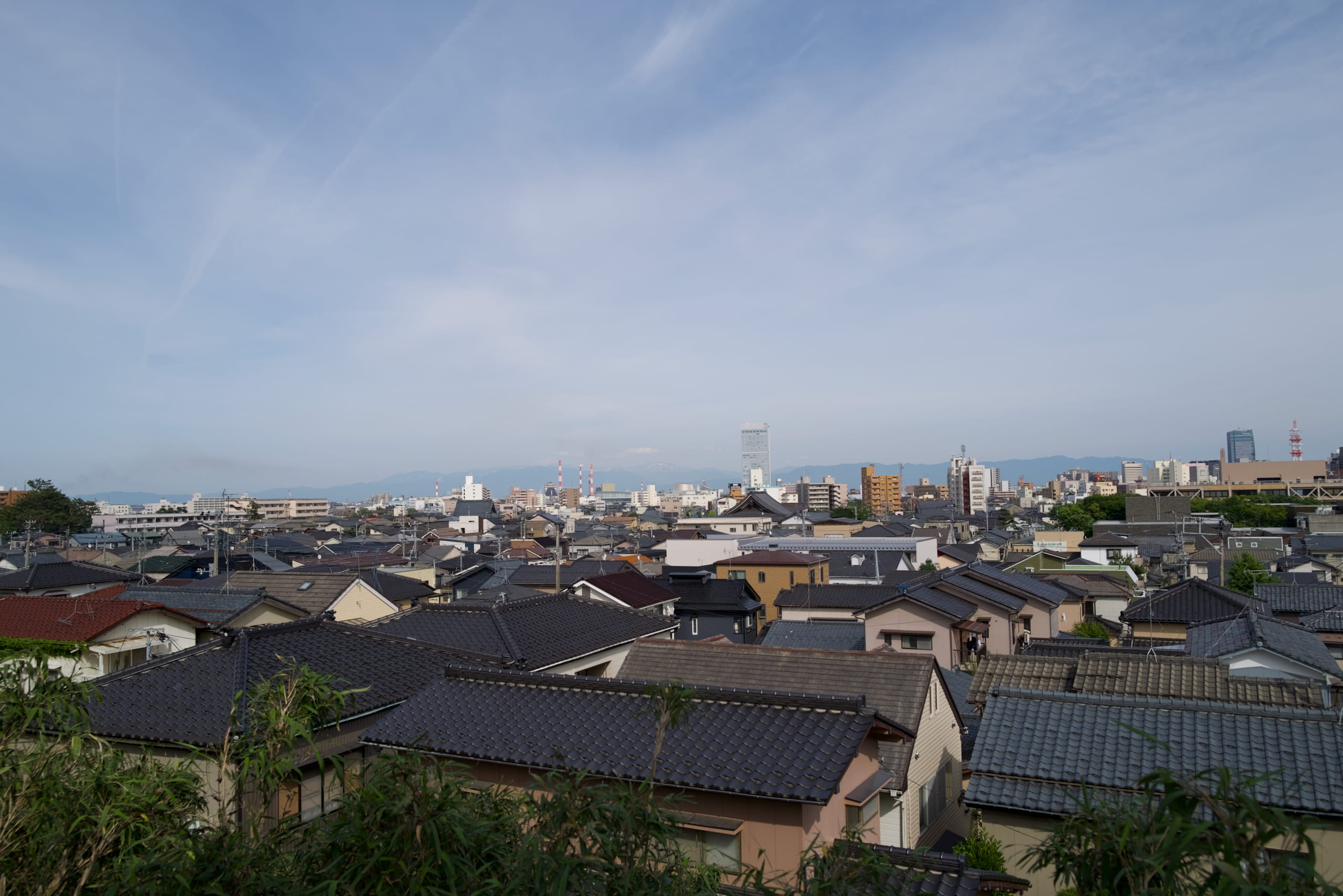
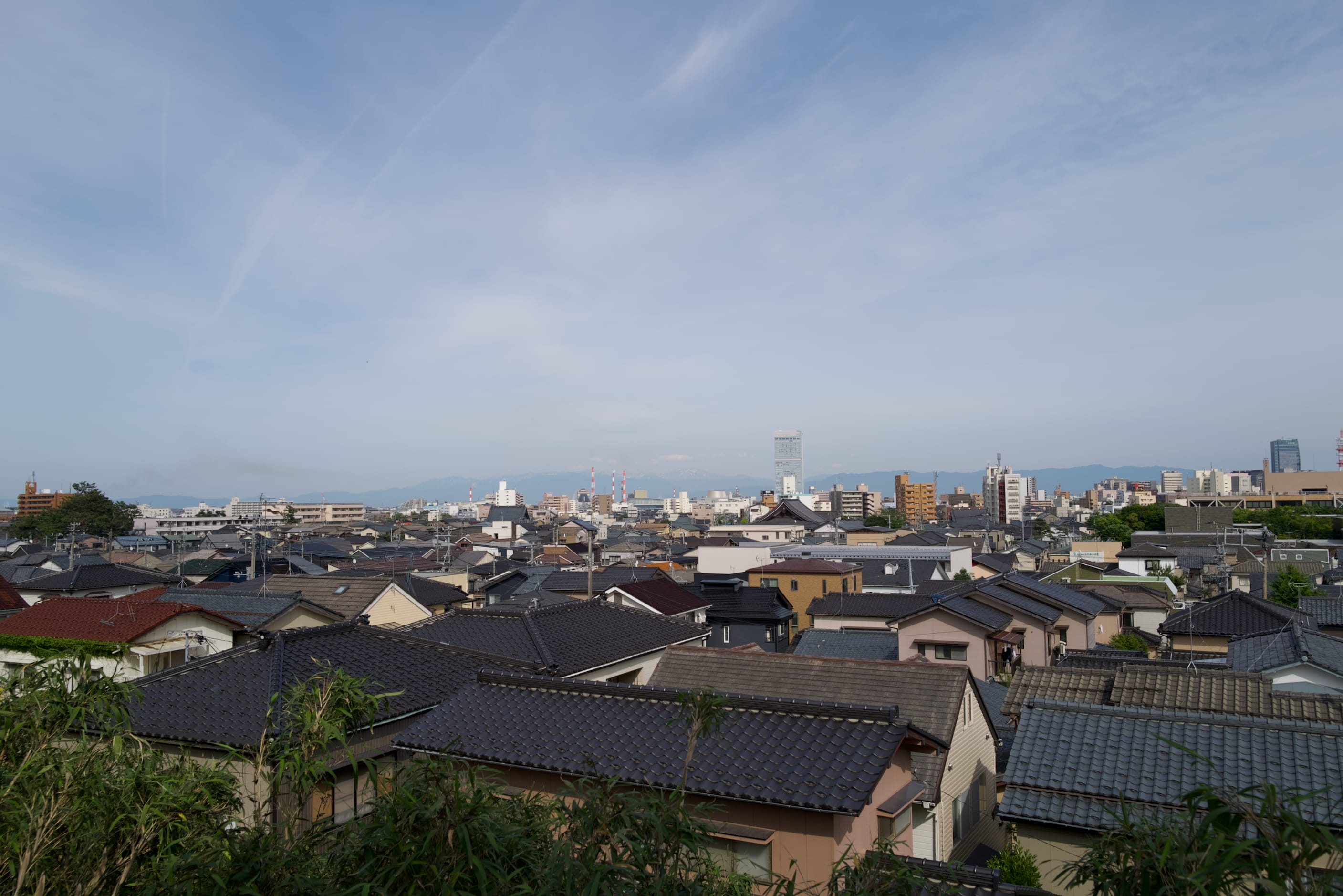
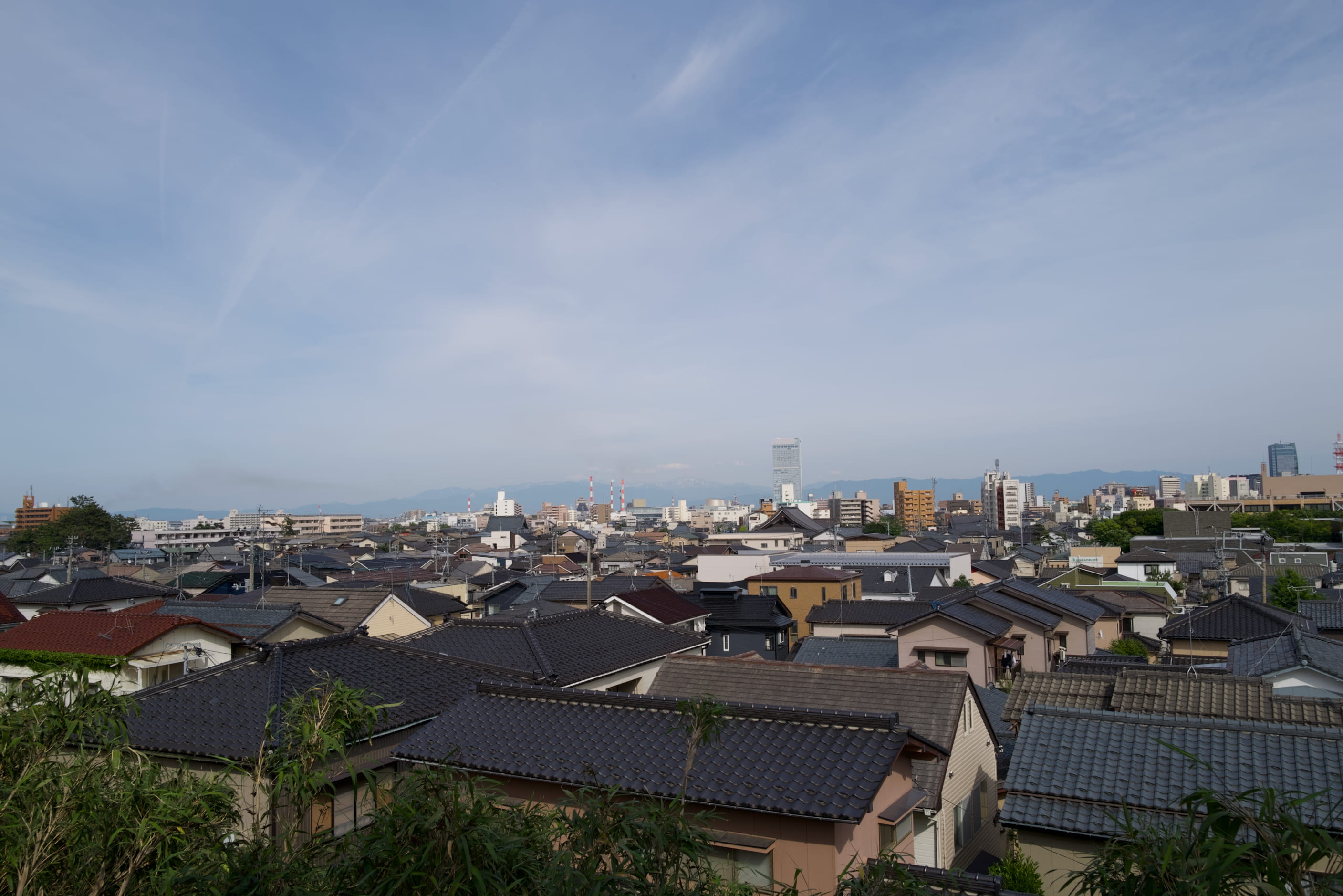
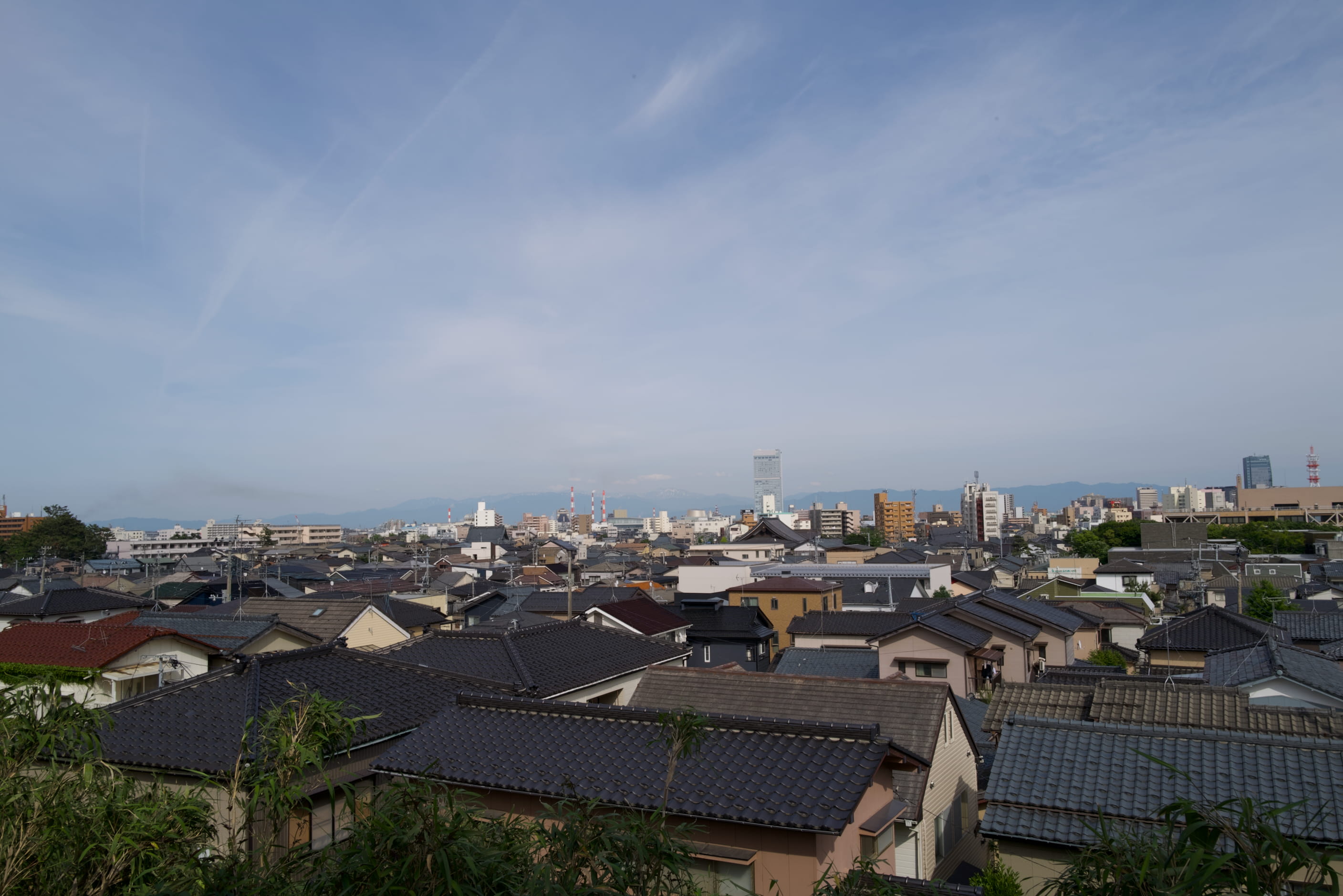
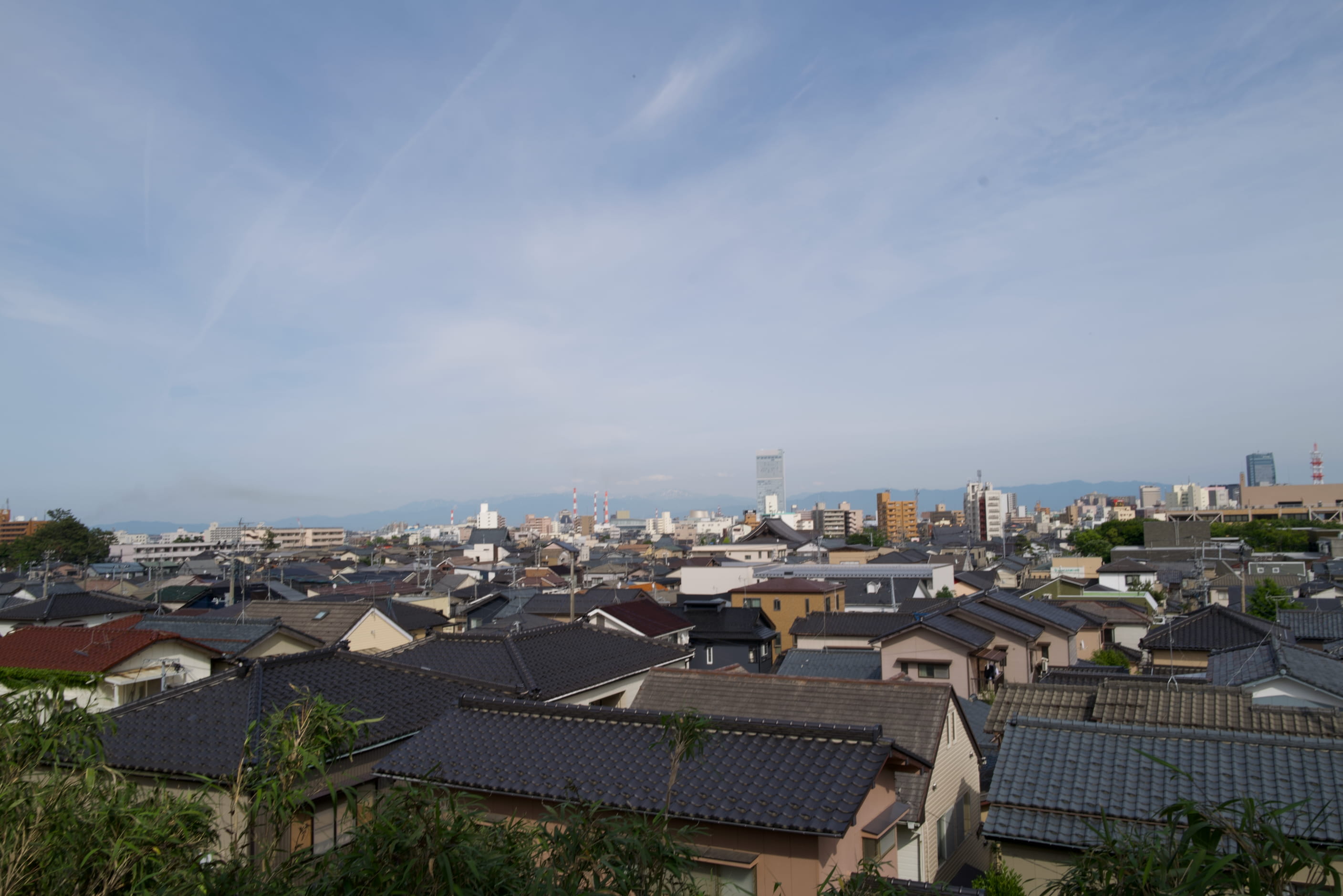
Niigata Roofs [f2.8, f4, f8, f11, f16]
Aside from learning that f16 is so small that the shutter speed dropped below what I could hold still, I still can’t tell anything from the above. Even when I zoom into the f2.8, I can’t see where the photo is focused, nor what the focus area is.
This is an instance where I would like to simply know the answer (of what’s in focus) for a handful of f-stops and distances. I think learning involves a there’s a combination of experience (trial and error) and knowledge (being told answers), and this is one I ought to look up.
Rough Aperture Guesses On The Go
For out-and-about photos, I ended up correcting way down towards smaller apertures. I picked f4 for a lot of shots, going even narrower for landscapes, occasionally dialing it to f2.8, and almost never touching f1.7.02
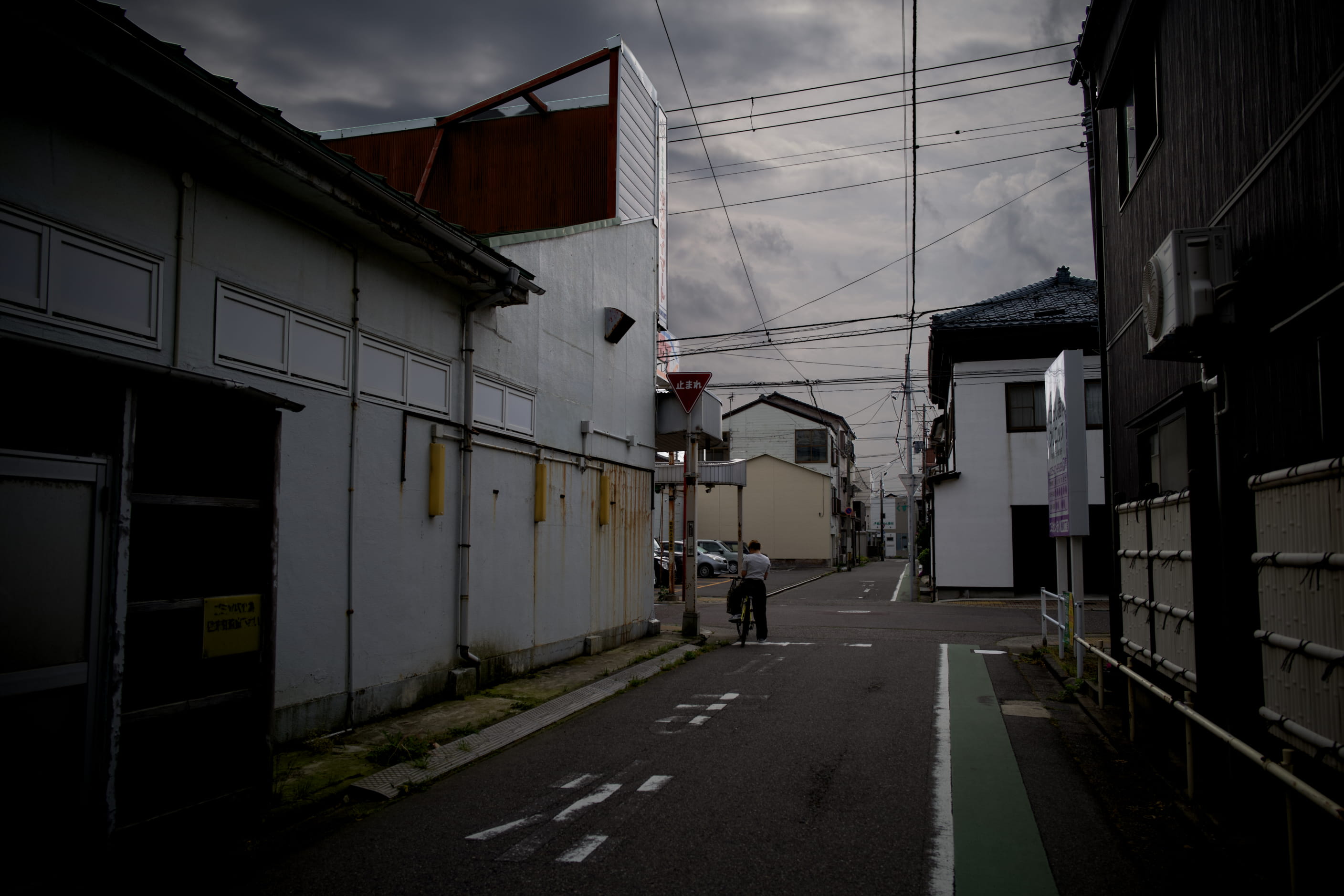
Niigata Street [f2.8, edited, cropped]
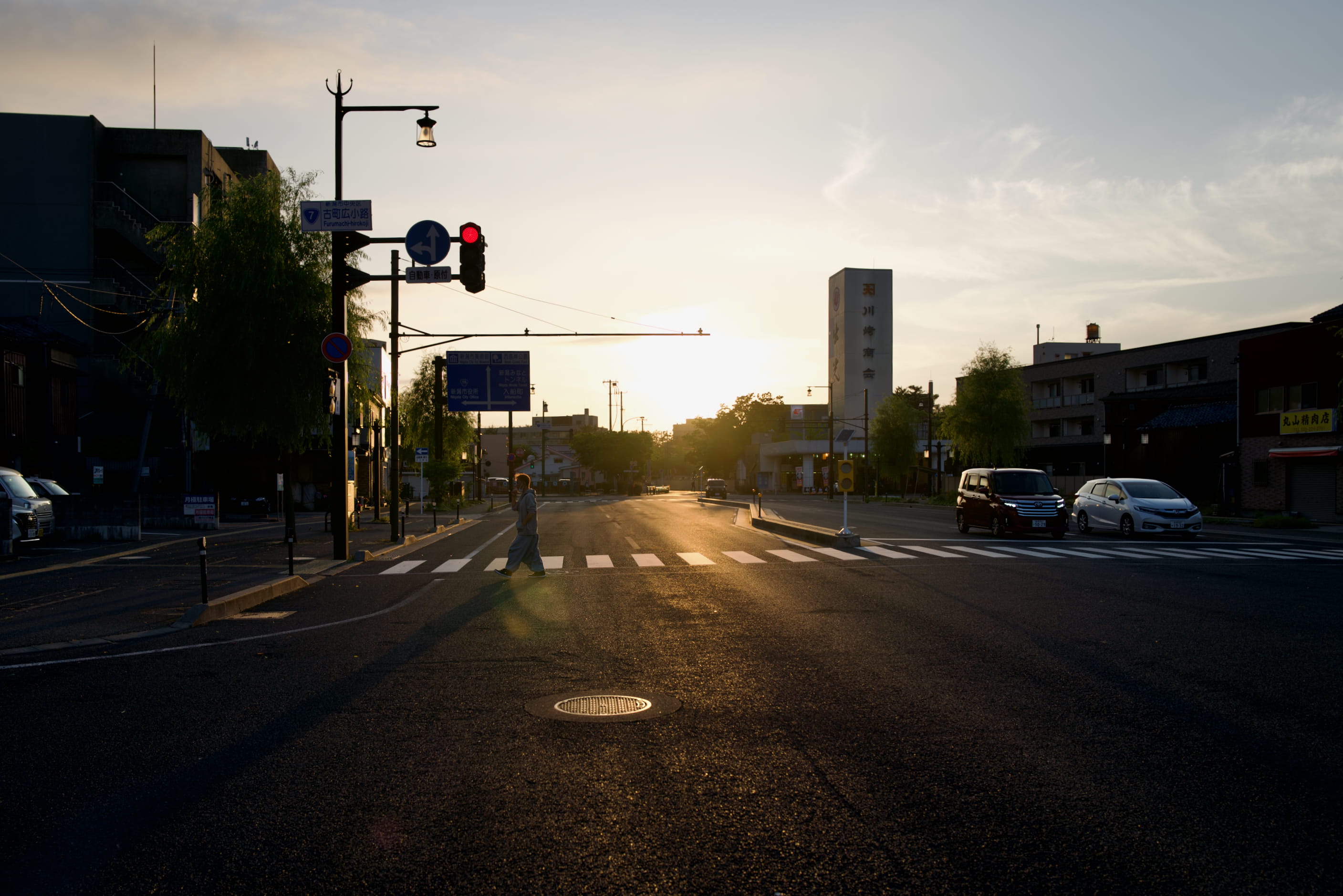
Niigata Walk [f3.2, shadows pumped, cropped]
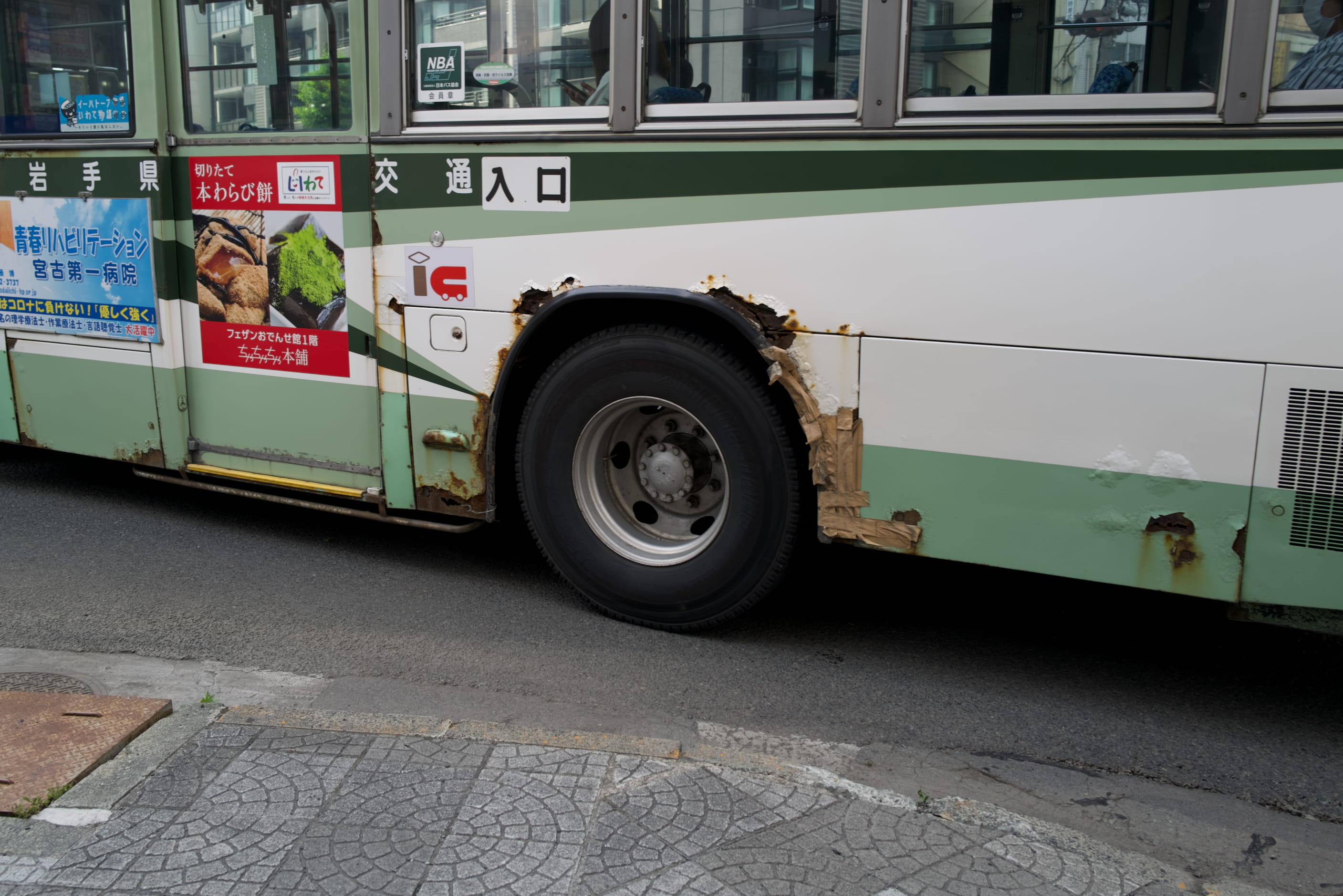
Morioka Bus [f4, cropped]
Back to f1.7
Then, I read Craig Mod’s Leica Q essay again.
He shoots nearly everything on f1.7. There are literally two photos that aren’t: a portrait (f3.2) and a macro (f5)03. The other twenty-three are all at f1.7.
Furthermore, he is extremely convincing that this power should be used:
Were it topped out at f2 or f2.4, I don’t think the effect would be as pronounced. But because the Q’s 28mm opens to f1.7, you’re able to achieve what I can only describe as voyeuristic cinema. [It produces] otherworldly (or, hyperworldly) scenes as if lifted from a film. I’ve grown to love the subtle qualities of these images. I suppose this is the so-called Leica feel everyone talks about.
The next day, I opened it wide up again. I 1.7’d all over the place.
And it worked. I think almost every photo is improved by having a stronger focus on the subject. Even landscape-y ones can benefit from having a specific part that’s attended to.
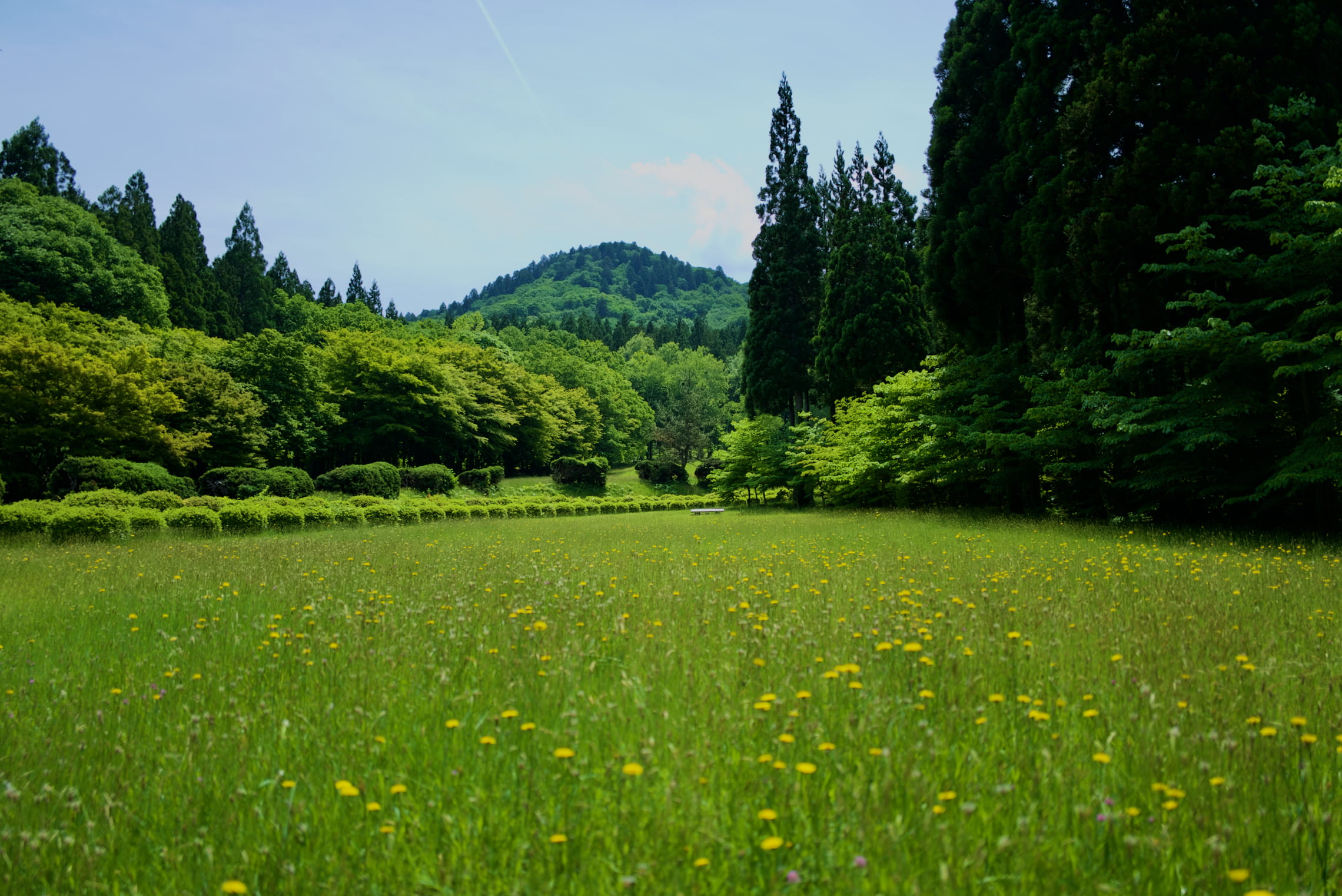

Lake Tazawa Field, [edited; f1.7, f11]
Looking at Mod’s many f1.7 photos again, I realized that they’re mainly of medium-distance subjects, far enough away to be in focus, then cropped in. Some still confuse me: the uncropped calligrapher photo seems to have more in focus than I’d get at f1.7 at that distance. But my eye isn’t great yet, and I still have a hard time telling exactly how much of a photo even is in focus.
My rule-of-thumb now is:
- close-ups (food, faces): f2.8+
- everything medium distance: f1.7
- landscapes: ???
- stylistically: probably try other f-stops as desired, but no strong direction right now
Drawing the Eye
Over time, you learn to use both a combination of light and sharpness to guide the eye in a way that isn’t possible (without more work) on the iPhone. — Craig Mod, Leica Q
Mod was referencing f1.7 in this quote (it continues the above pull), but even at f2.8, I can see this at work.
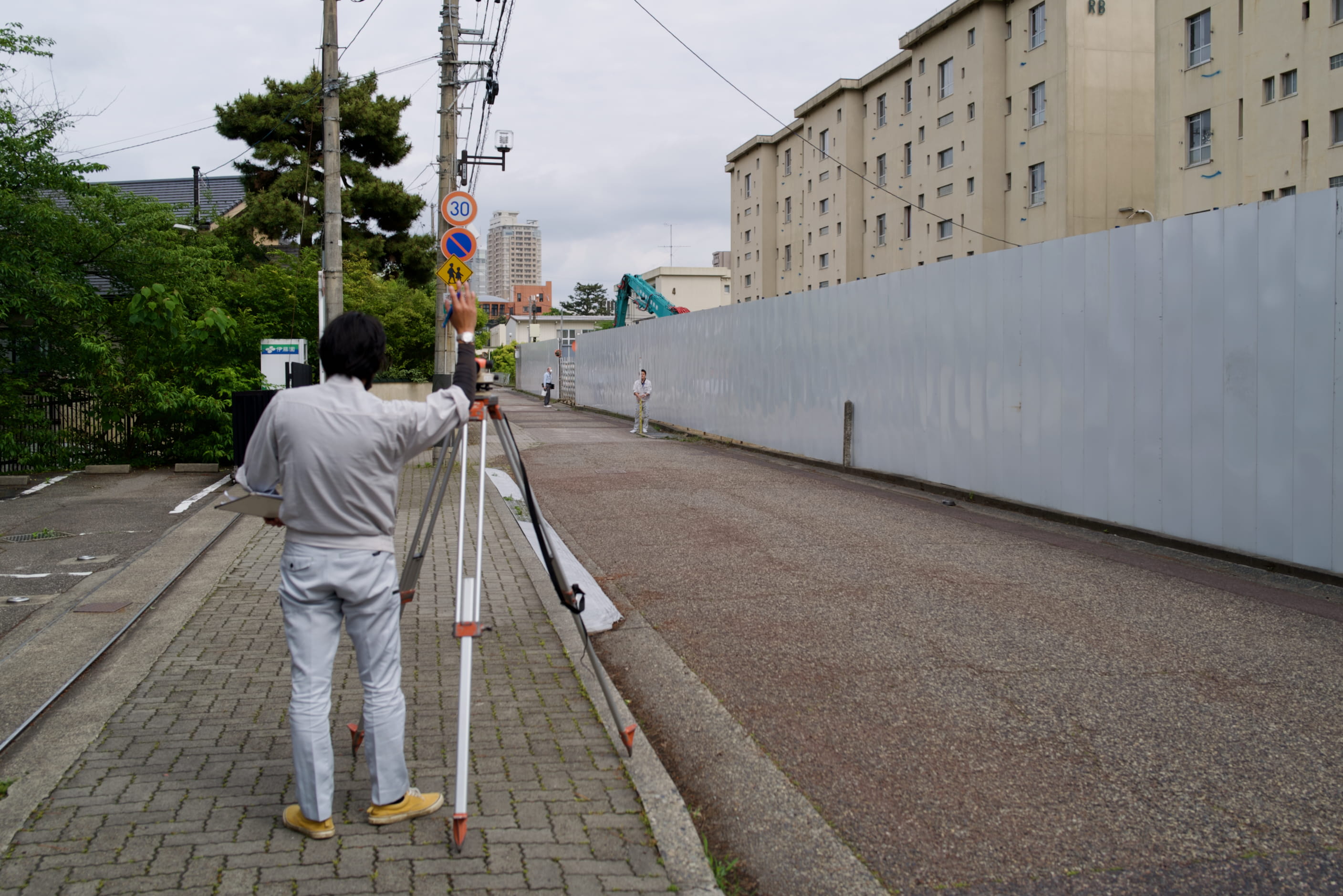
Niigata Measure [f2.8, cropped]
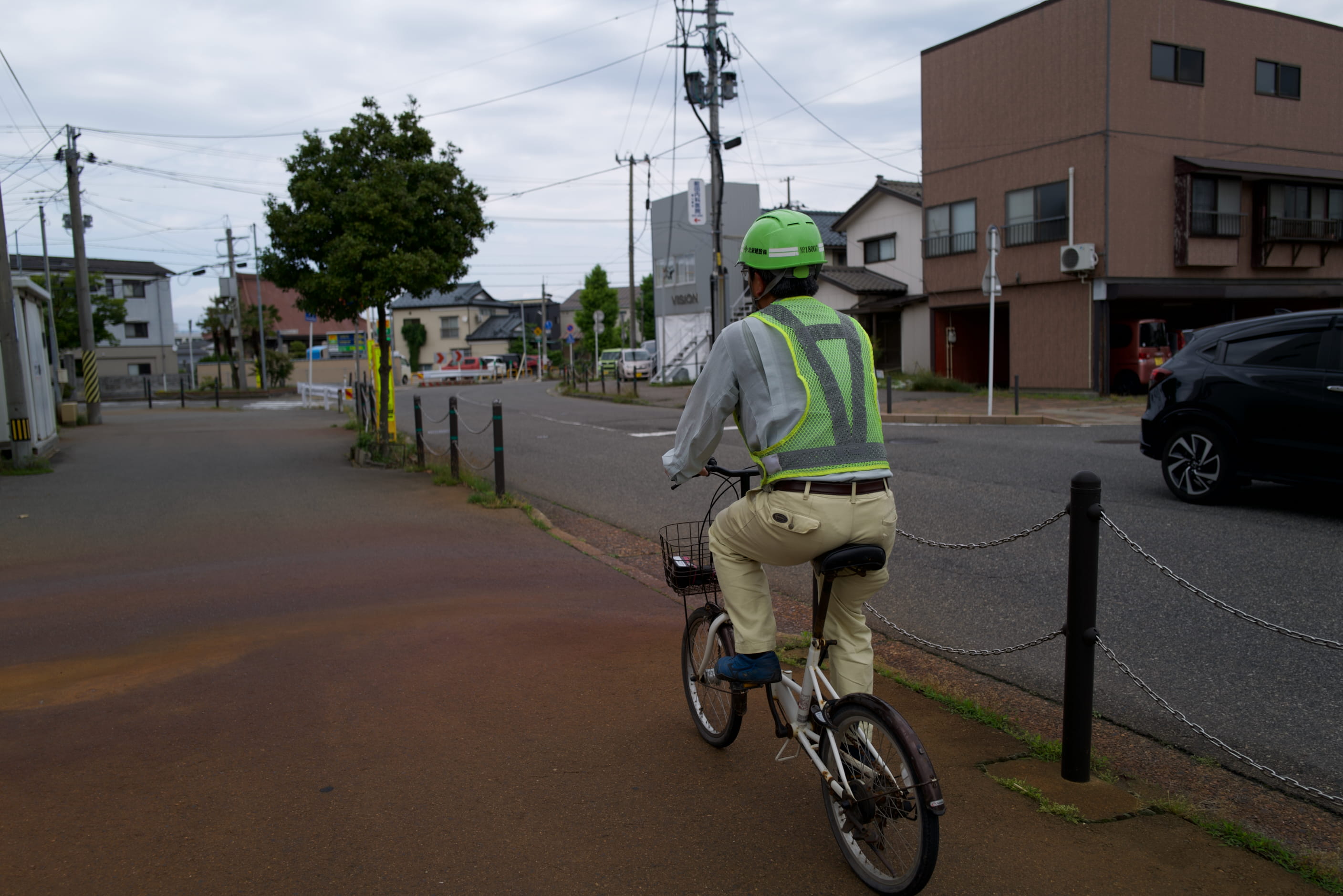
Niigata Bike [f2.8, cropped]
Next goals
I want to understand why so many landscapes at f1.7 have so much in focus. I want to use the formula for at least f1.7 and see how much is in focus for different distances.
Footnotes
The exposures are ended up slightly different, but I think this is just the camera’s natural variance in tweaking variables to try to get the exposure the same (the f1.7 is 1/6400s, and the f11 is 1/160s). I think this slight difference is well within the editable range in post. ↩︎
Did any of these improve by having f > 1.7? I don’t think so. I think if I could have focused on the subject, f1.7 could have improved all of them. ↩︎
OK there is a third that’s f1.8 but I have to imagine that’s not doing much. ↩︎